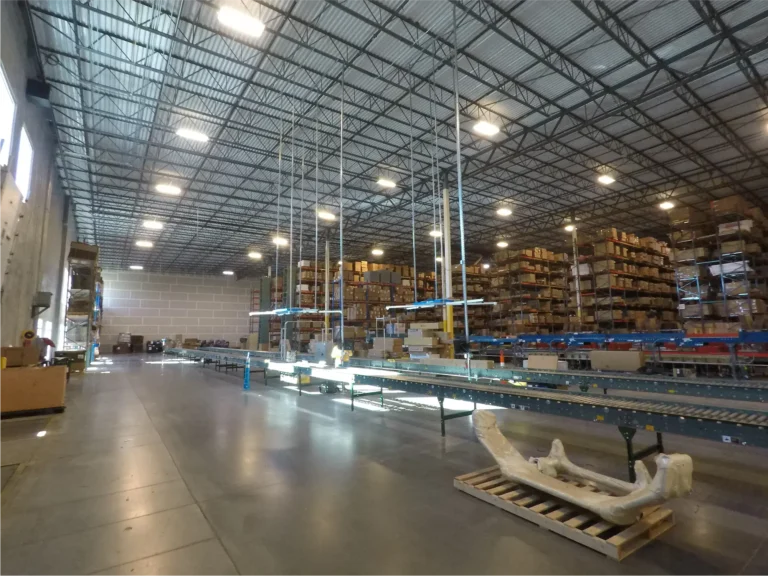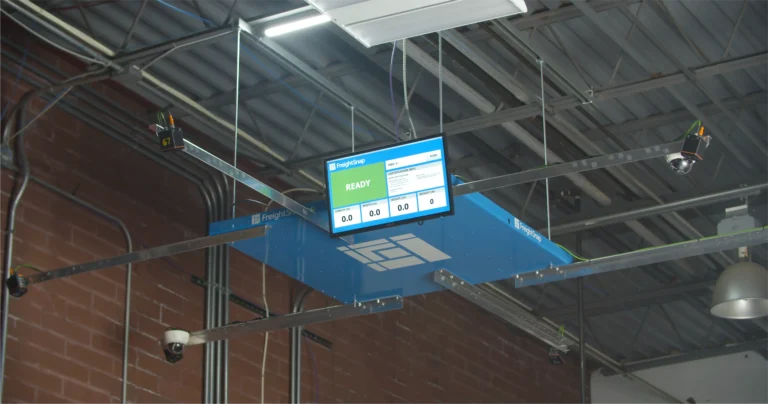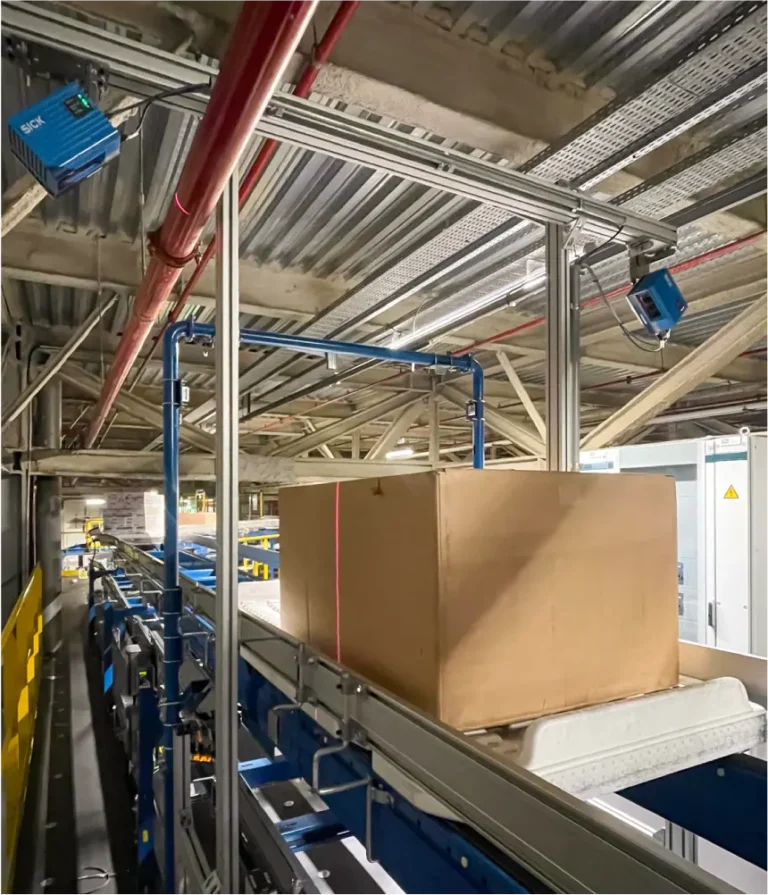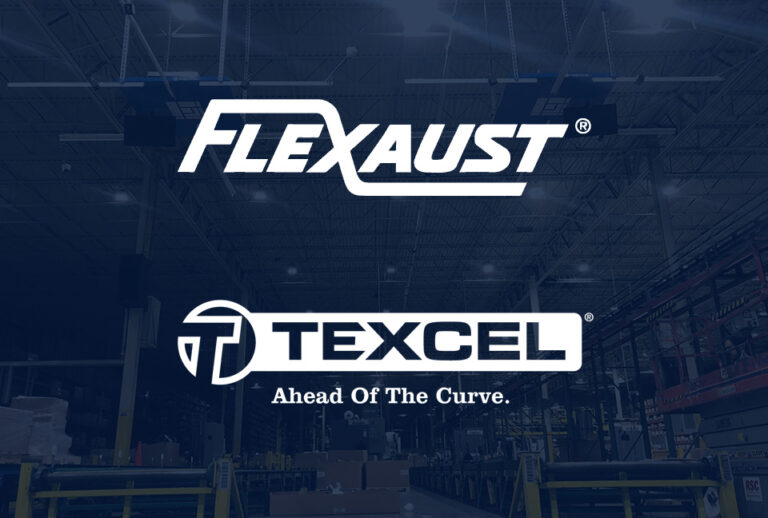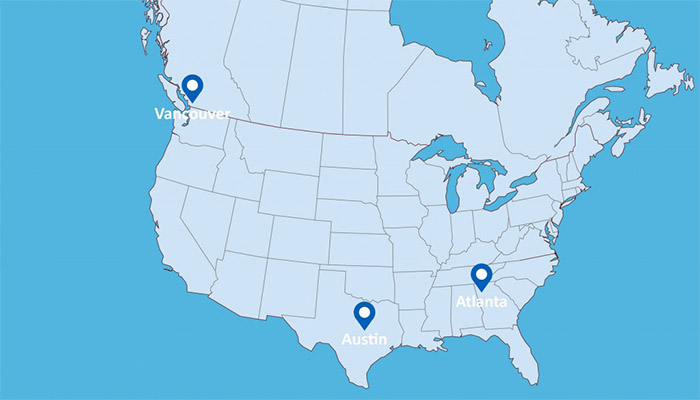Less-than-truckload (LTL) shipping and parcel hundredweight services both have their advantages. This article looks at the differences between these two services to help you decide which method to choose and when.
But First, What are Parcel Hundredweight® and Multiweight® Programs?
Parcel Hundredweight® is a service offered by the United Parcel Service (UPS), whereby shippers can ship non-palletized, multi-package shipments to all 50 states and Puerto Rico for less than it would cost to ship all the packages individually. Multiweight® is a similar program provided by FedEx, which allows shippers to ship multi-package shipments weighing 200 pounds or more to the same location on the same day throughout all 50 states.
As you can imagine, these services are often used as an alternative to LTL shipping, especially by shippers who already have accounts set up with FedEx or UPS and who may not be as familiar with the LTL shipping options available. That being said, they’re not always the best option for every shipment.
So how do you know which service to choose? Consider this …
LTL Shipping & Parcel Package Shipping Pricing
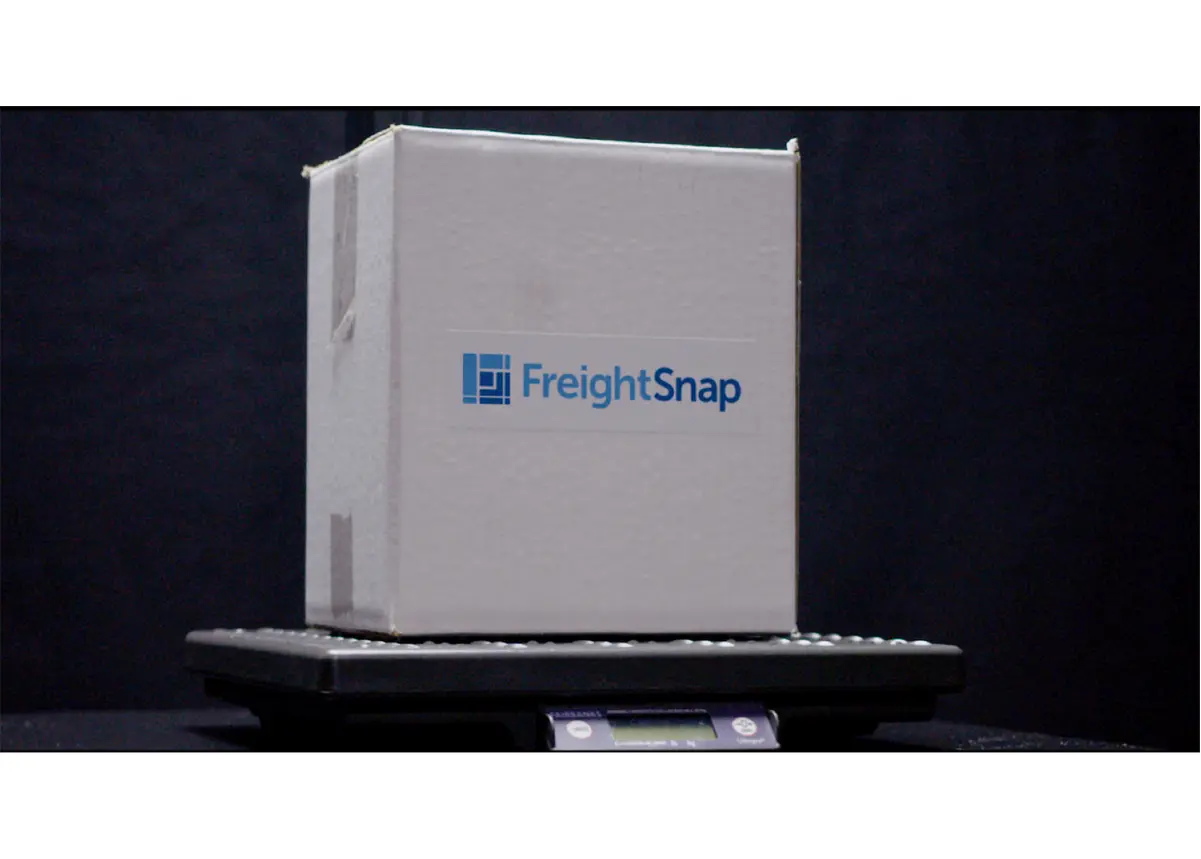
For most businesses, price is the biggest factor in choosing a shipping service. In general, LTL shipping become more affordable as your shipment travels further and/or weighs more. Conversely, multi-package parcel services are usually less expensive when shipping lighter loads at shorter distances.
It stands to reason then that if you’re shipping a heavy load across the country, an LTL service is the safe bet. Likewise, if you’re shipping a light load across state, parcel services will likely offer lower rates.
The calculations become more difficult when you need to ship something light to a far-away location, or something heavy to somewhere close-by. If your shipment falls in this “gray area,” make sure you get quotes from both kinds of carriers. And don’t forget to factor in additional costs that may apply to LTL shipping. Look out for accessorial charges (things like lift-gate requirements, residential delivery, fuel surcharges, etc.), as well as extra packaging expenses (pallets for shipping, shrink wrap, and straps or bands to help secure your freight).
Other Considerations
Factors other than price can also play a part in helping you choose the best transportation method for your shipment. We’ve listed some major benefits provided by each service below:
Benefits of LTL Shipping:
• Less material handling needed (fewer opportunities to damage freight)
• Less restrictions on package size (large or oddly-shaped goods are easier to ship)
• Better for larger shipments (shipments requiring one pallet or more)
• All packages arrive at the same time
Benefits of Hundredweight® and Multiweight® services:
• More consistent transit times (better guaranteed delivery windows)
• No extra charges for residential or inside delivery
• No freight classifications required
• No need to schedule pickups
• More accurate, up-to-date package tracking
• Can be more affordable for small shippers (shippers without LTL discounts)
Which Service is Right for You?
The next time you need to decide between an LTL shipping service and one of the multi-package or parcel package services offered by UPS and FedEx, consider the pricing information and benefits we’ve provided here. If you’re still on the fence after weighing your options, just remember, it never hurts to get a quote. Further, if you’re new to high-volume shipping and haven’t yet talked to the various LTLs about contract discounts, it may be time to explore your options.
Learn More about LTL Shipping with FreightSnap here!
For more articles like this, subscribe to our newsletter!
Was this article helpful?




